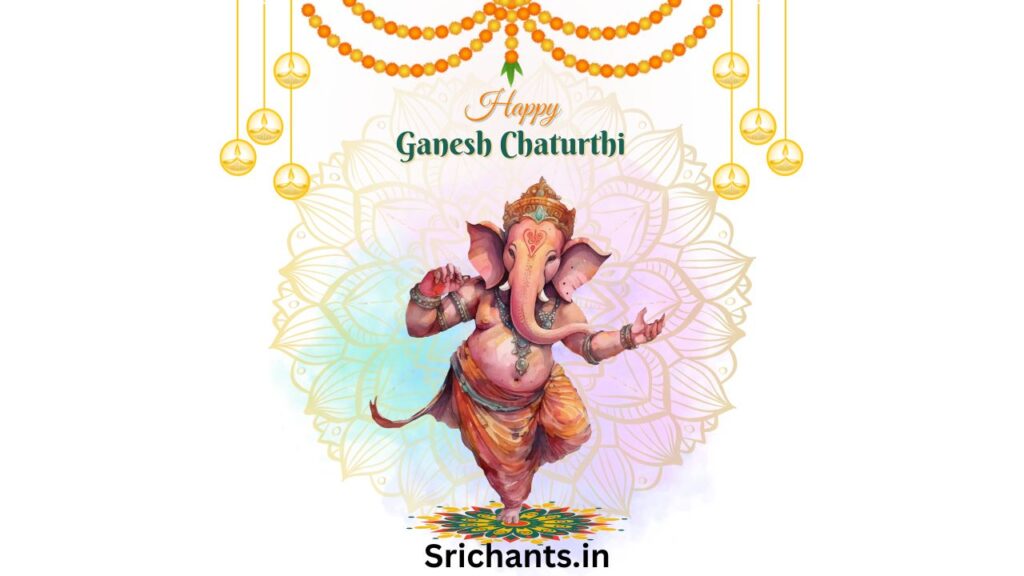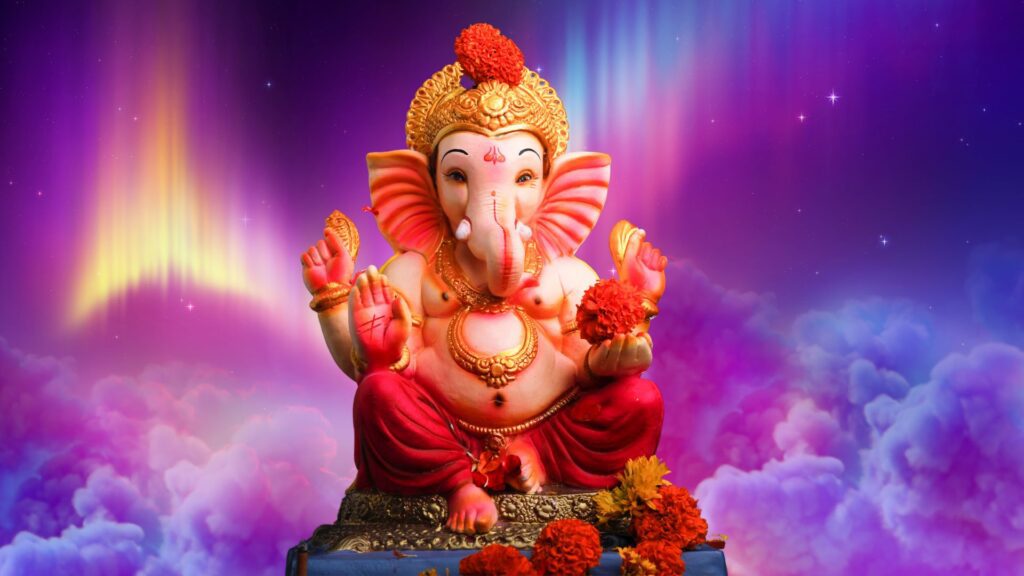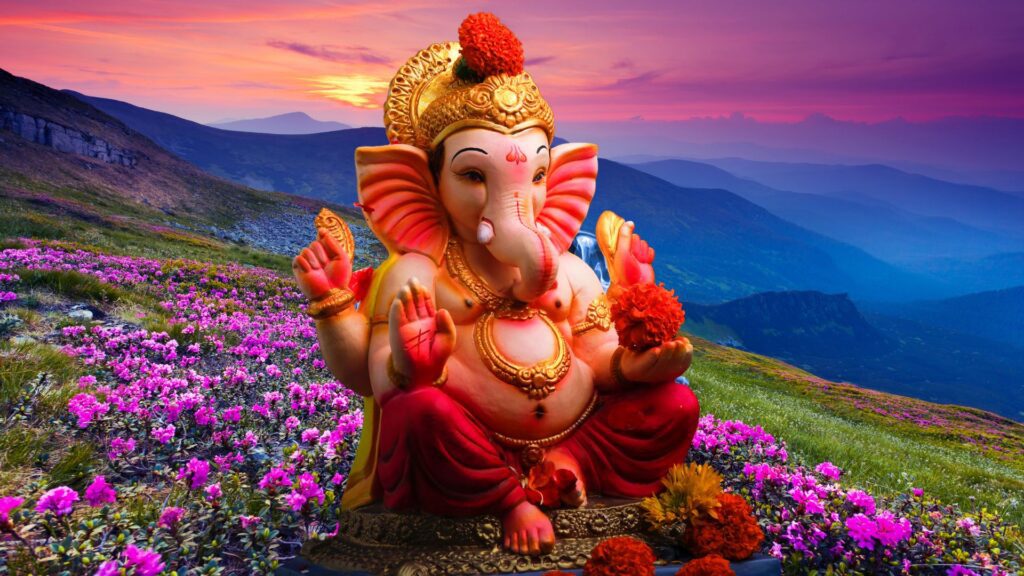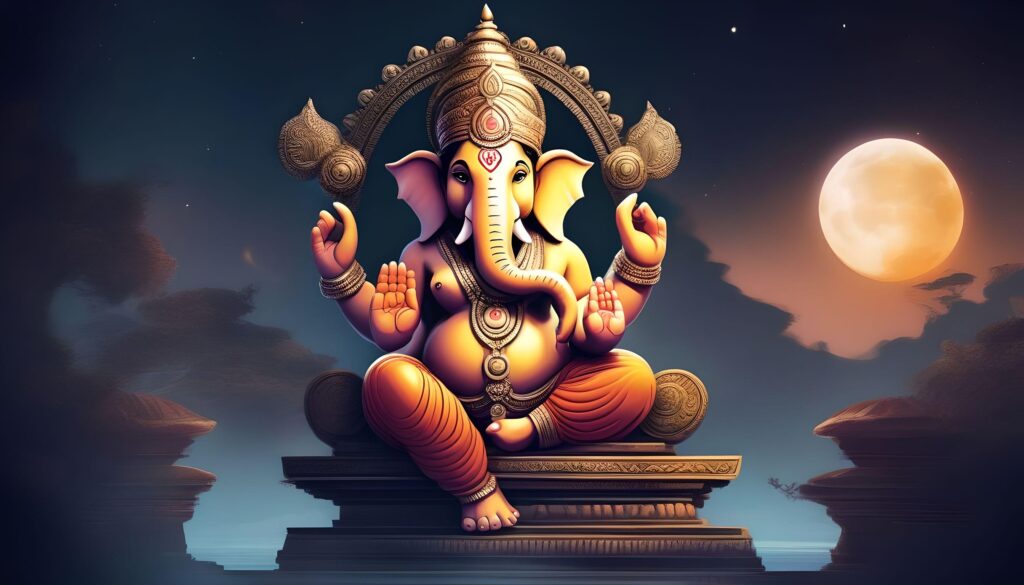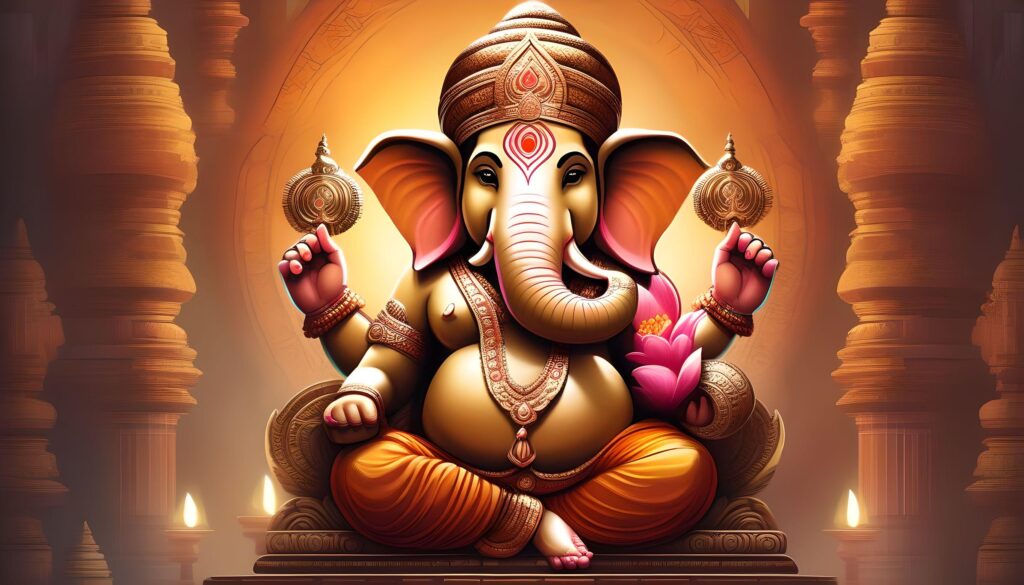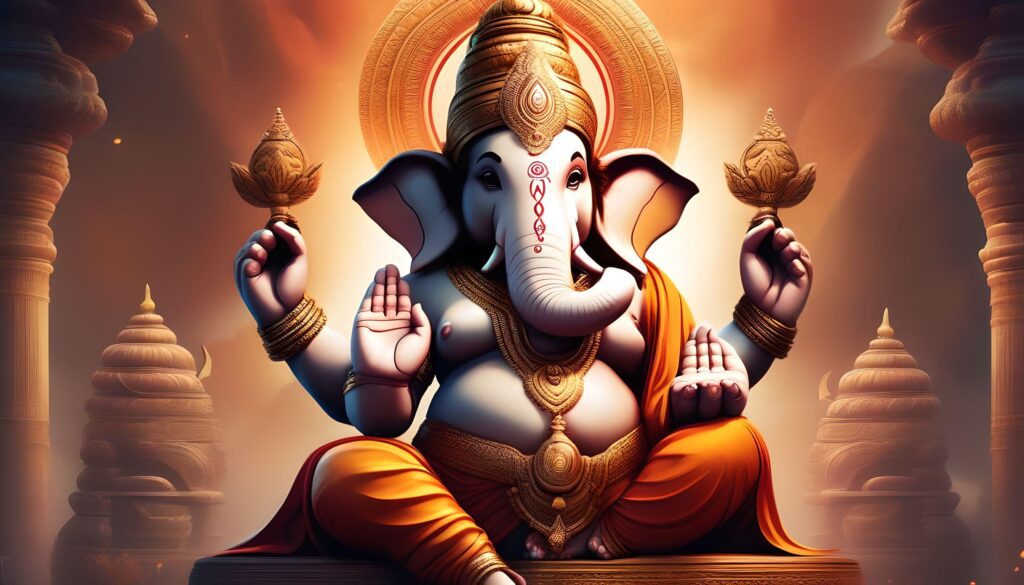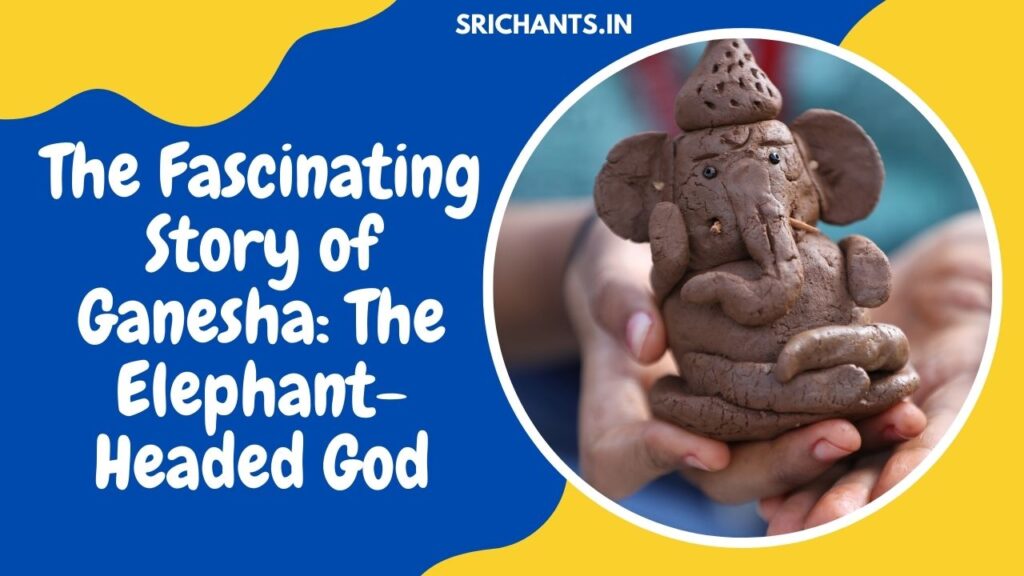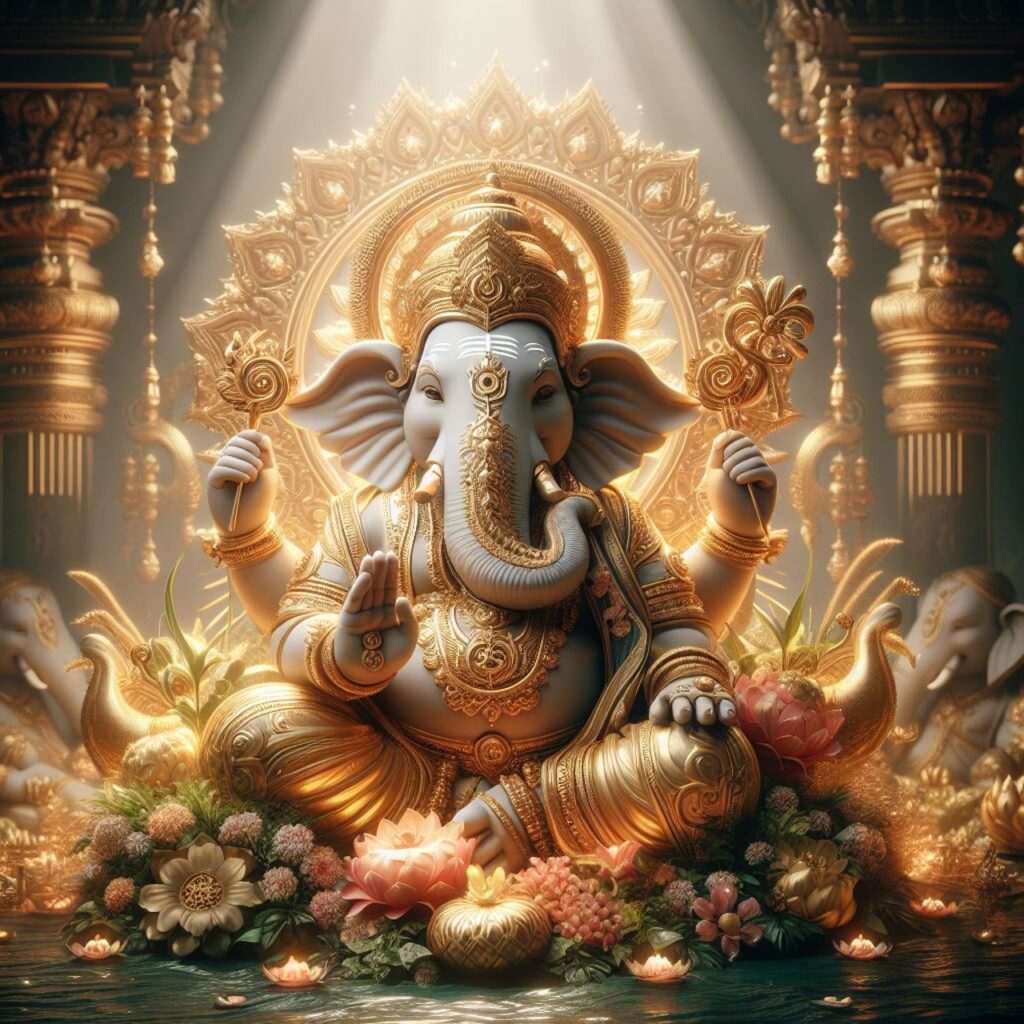Ganesh Chaturthi: Unveiling the Mythology, Rituals
Introduction
Ganesha Chaturthi, alternatively referred to as Vinayaka Chaturthi, is a jubilant festival that is commemorated in India in veneration of the elephant-headed deity Lord Ganesha. This momentous occasion signifies the incarnation or reincarnation of Lord Ganesha, a deity held in high esteem for his abilities to clear impediments, grant wisdom and prosperity, and beget beginnings. This article aims to provide an in-depth analysis of the historical, ritualistic, and mythological aspects of Ganesh Chaturthi. It will investigate the intriguing anecdotes and traditions that contribute to the festival’s immense cultural significance in India.
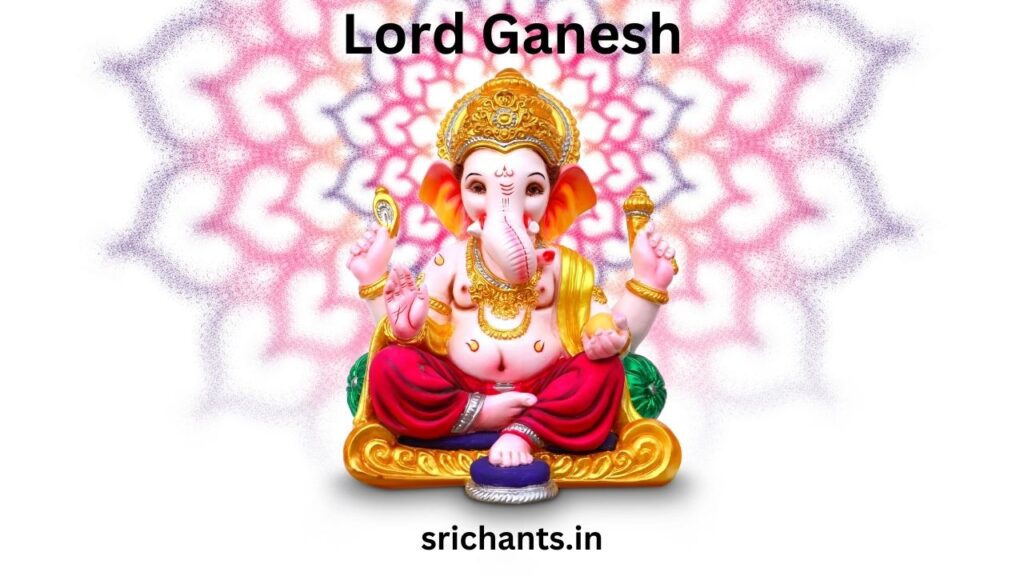
Mythology of Ganesh Chaturthi from the Brahma Vivartha Purana
The Brahma Vivartha Purana, an ancient scripture, describes the birth of Lord Ganesha as being entangled in intriguing mythology. According to one legend, while Goddess Parvati was bathing, she constructed a humanoid form from sandalwood or dirt from her person in order to protect her entrance.
Lord Shiva was enraged when the sentry denied him entry to his residence upon his return; he proceeded to severe the figure’s head, unaware that it had been created by Parvati. To rectify his error, Shiva ordered his attendants to bring the head of the first living creature they encountered, which happened to be an elephant. Infusing life into the body, Shiva affixed the elephant’s head to it, thereby facilitating the birth of Lord Ganesha.
Lord Ganesha – Ganapati
An alternative account of Ganesha’s nativity posits that Parvati fashioned Ganesha with the dual purpose of preventing rakshasas (demonic entities) from traversing the path and vighnakartaa (obstacle-creator) impeding the gods’ progress. This narrative emphasizes Ganesha’s protective and guardian nature.
Birth Stories from Puranic Literature
Anthology of Puranic Literature: Anthology of Lord Ganesha’s birth narratives, each containing distinctive nuances. According to one legend, Parvati fashioned a toy comprising the head of an elephant using her own bodily soil. Upon submersion in the Ganga River, the toy assumed the form of a monstrous being. Ganesha was subsequently referred to as Gajanana and Gangeya (the progeny of Ganga). An additional anecdote describes how Shiva was envious when Parvati beheld their attractive son, which prompted him to afflict Ganesha with an elephant head and an unorthodox physique. Nevertheless, Shiva subsequently designated him as the leader of his ganas (subordinates) and granted him the appellations Shankaraputra (chief of aspirations) and Vighnaraja (obstacle avoider).
The birth narratives found in the Puranic literature persistently engross devotees by illuminating the multifaceted nature of Lord Ganesha and emphasizing his profound importance within the realm of Hindu mythology.
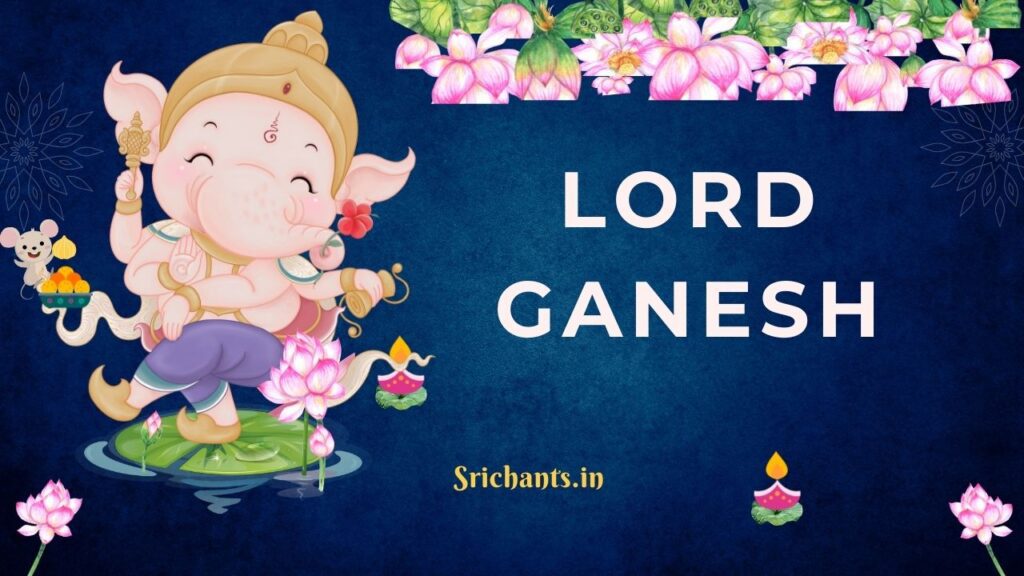
Mythology of Ganesh Chaturthi from the Shiva Purana
In addition, the Shiva Purana provides an element to the mythology pertaining to Ganesh Chaturthi. One theory posits that Ganesha was formed from the dough utilized by Parvati during her ablution. The dough figure, created by Parvati with the intention of functioning as a sentinel, materialized and acquired the name Ganesha. Ganesha, on the other hand, forbade Shiva from entering and became incensed, ultimately beheading him. Subsequently, Shiva resurrected Ganesha by substituting his cranium with that of an ailing elephant and bestowing upon him the name Vighnaharta, which translates to “the power that removes obstacles.”
Rituals of Ganesha Chaturthi
Ganesha Chaturthi is a festival celebrated throughout India with great fervor and devotion by millions of devotees, who partake in a variety of rituals and customs. These rituals are of the utmost importance in soliciting the favors of Lord Ganesha and invoking his presence. Let us delve into several pivotal rituals that are linked to this propitious event.
Rituals of Worship on Ganesh Chaturthi
Ganesh Chaturthi is observed with profound veneration through a series of rituals performed by devotees in homage to Lord Ganesha. Rituals commonly commence with a ceremonial cleansing followed by the donning of fresh attire. Thereafter, the devotee proceeds to adorn their residences or public pandals with a clay idol of Lord Ganesha. The idol is enlivened through the recitation of mantras in conjunction with this installation.
The devotion to Lord Ganesha is conducted in accordance with the Shodashopachara, a prayer involving sixteen distinct forms. The rituals encompassed in this list are as follows: extending an invitation to the deity, providing a place to sit, offering a beverage, washing hands and feet, bathing the idol, adorning the deity with new attire, applying sandalwood paste, presenting flowers, lighting a lamp, burning incense sticks, offering food, presenting betel leaves, participating in aarti (a ceremonial light show), and reciting mantras.
Food for Ganesh Chaturthi
Food holds a significant place in the celebration of Ganesh Chaturthi. Devotees offer a variety of dishes to Lord Ganesha as a gesture of reverence and gratitude. One of the most popular and beloved sweets offered to Ganesha is the Modak. These steamed rice flour dumplings, filled with coconut, jaggery, and nuts, are considered Lord Ganesha’s favorite sweet. Other delicacies prepared during this festival include Jeev Kadgi Podi (breadfruit fritters), Appam (a pancake made with fermented rice batter and coconut milk), Pedha (a milk-based sweet), Laddoo (a sweet ball made with roasted semolina and coconut), Kheer (a rice pudding), Sundal (a chickpea salad), and Karanji (a sweet dumpling).

The Visarjan or Immersion
The ten-day Ganesh Chaturthi festival reaches its pinnacle with the Visarjan, which signifies the complete immersion of the Ganesha idol. This ritual entails submerging the deity in a body of water, including a lake, river, or ocean. There is a belief that Lord Ganesha bids his devotees farewell and removes their calamities and obstacles during the immersion. Asserting the cycle of life, death, and birth, the Visarjan serves as a reminder to its devotees of the transient nature of earthly existence and the imperative to relinquish attachments.
History of Ganesh Chaturthi
The historical origins of Ganesh Chaturthi are deeply ingrained in the social and cultural tapestry of India. Although its inception can be traced back to Maharashtra, this festival has since become an extensively observed occasion across the nation.
During the 17th century, under the dominion of the Maratha monarch Chhatrapati Shivaji Maharaj, the festival rose to prominence. Shivaji Maharaj enthusiastically promoted the public observance of Ganesh Chaturthi, acknowledging its capacity to foster unity among the populace. Amidst the British colonial era, the festival experienced a significant expansion under the leadership of Lokmanya Tilak, a renowned social reformer and freedom fighter, who utilized it as a medium to promote unity and motivate the general populace.
Subsequent to that, the prominence of Ganesh Chaturthi has escalated, solidifying its status as one of the most revered celebrations in India. It transcends barriers of religion, social standing, and caste, and is celebrated with tremendous zeal and participation from individuals of every aspect of life.
The Significance of Ganesha
Ganesha, renowned for his compassionate disposition and endearing elephant head, occupies a privileged position in Hindu mythology and the affections of his devotees. Being esteemed as the deity associated with intelligence, prosperity, good fortune, and discernment. In addition to being revered as the remover of obstacles, Lord Ganesha represents the ability to surmount obstacles and establish a path towards achievement. It is widely believed that his presence bestows prosperity, harmony, and favorable starts upon all undertakings.
Ganesha is portrayed in Hindu iconography with a large stomach, which symbolizes his capacity to assimilate both the gratifying and acrimonious aspects of existence. His vehicle, the mouse, represents the necessity of exercising self-control over desires and surmounting challenges with modesty and resolve.
Conclusion
Ganesh Chaturthi serves as a tangible manifestation of the profound cultural legacy and enduring convictions that define the Indian populace. Owing to its historical significance, vibrant rituals, and enthralling mythology, this festival continues to motivate countless individuals to entreat Lord Ganesha for favors and commence fresh endeavors with unwavering resolve. During the Ganesh Chaturthi festival, followers unite in remembrance of the potency of solidarity, unwavering devotion, and the indomitable essence that dwells within every individual.
In this hour of Ganesha Chaturthi, may we wholeheartedly embrace the essence of Ganesha Chaturthi, relying on the divine guidance and bountiful bounties of Lord Ganesha to navigate the challenges of life with elegance and appreciation. May this festival bestow happiness, success, and unity upon all, and may the divine bounties of Lord Ganesha illuminate our lives.
#ganeshchaturthi #ganesh #chaturthi #ganeshachaturthi #happyganeshchaturthi
